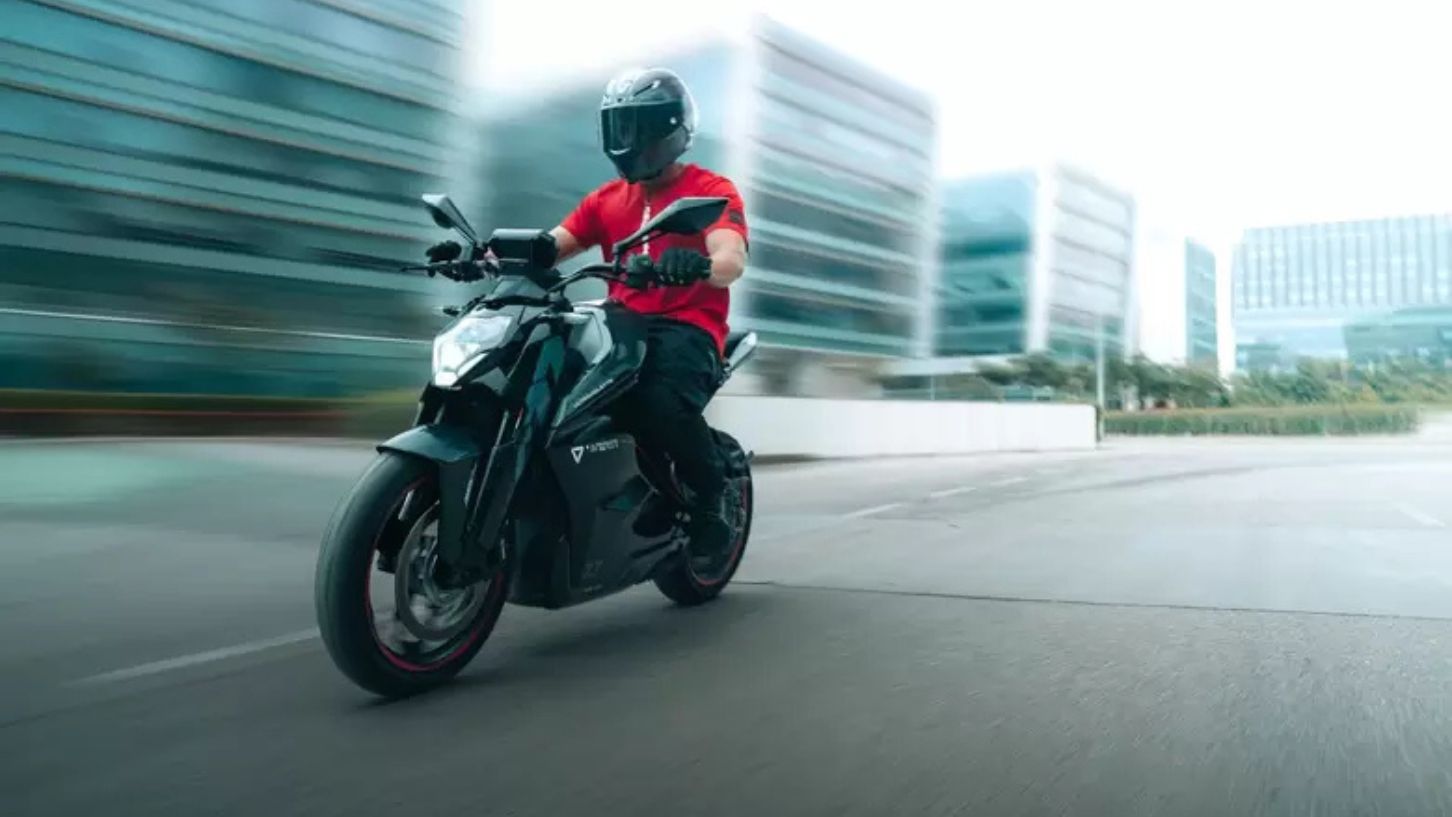Electric motorcycles are quietly changing the world of two-wheelers. Once, the roar of a petrol engine was a badge of honor; today, many makers are shifting toward silent, efficient, and cleaner rides. In India especially, this transformation is gaining serious momentum, as new models and announcements show that the future is electric.
The Rise of Electric Motorcycles in India
In recent times, India’s two major two-wheeler players are warming up to electric motorcycles. Bengaluru’s Ultraviolette recently launched a new e-bike, signaling confidence in this space. Ola Electric has also begun delivering its Roadster X model. Furthermore, companies like Bajaj are working on electric bikes, and Royal Enfield is planning to launch the “Flying Flea” by March.
These moves show that big names are slowly shedding doubts about electric bikes. Earlier, electric two-wheelers were mostly limited to low-power scooters, but now the shift is toward bikes with more power, better range, and premium features.
Why the shift is happening
One reason is demand: India sells millions of two-wheelers every year. In fiscal 2024-25, there were about 18.81 million two-wheelers sold, and about 65% of them were motorcycles. Yet electric motorcycles currently make up less than 1% of all battery-powered two-wheelers sold. This tiny share is changing, though, as technology improves and more makers enter the space.
Also, governments and policy bodies are pushing for cleaner mobility. Since bikes form a large proportion of vehicles on Indian roads, electrifying them helps reduce pollution and fossil fuel dependence.
Challenges electric motorcycles must overcome
Switching from petrol to electric isn’t trivial for bikes. Unlike scooters, bikes demand high power, long range, and robustness. Engineers must manage battery weight, heat (thermal management), and ride quality. For example, as the battery gets more powerful, it also generates more heat. Without good cooling systems, performance and safety suffer.
Cost is a big factor, too. Most electric motorcycles are priced higher than regular petrol bikes. For instance, Ola’s Roadster starts at ₹99,999, while many bikes in India in the 75cc to 110cc class sell for less than ₹80,000. This makes electric bikes less accessible for mass buyers, particularly in rural areas.
Another hurdle is mindset. Many riders love a traditional bike engine’s “thump” or rumble. Convincing them that silence can be equally exciting isn’t easy. Some makers like Ather express hesitation about whether bike buyers are ready to switch.
How electric motorcycles could succeed: examples and vision
Let’s imagine how this change might take root. Suppose a young professional in a city wants a daily commuter bike. Petrol costs and maintenance push them toward considering electric. If a model offers a 200 km range, is fast charging, and has a price not far above that of petrol bikes, they might take the leap.
Another example: suppose a farmer in a small town sees a local government subsidy for EV bikes. A sturdy electric motorcycle, with backup solar charging, might become viable even in areas with limited fuel stations.
In the premium segment, brands like Ultraviolette and Ola are targeting buyers willing to pay more for performance and innovation. Their success will show the path for mass adoption.
The road ahead for electric motorcycles
Electric motorcycles are still in the early phase. But trends suggest that by 2030, they could capture 30–40% of the two-wheeler market. To reach there, companies must reduce costs, improve battery tech, build charging infrastructure, and win over traditional bike lovers.
If you’re curious about switching to an electric motorcycle, start by following new launches, comparing range, charging networks, and running costs. Over time, as more options emerge, the choice will become easier.
In conclusion, electric motorcycles are not just a fad—they are becoming the next chapter in the evolution of riding. The road may be challenging, but the shift is real, and it’s worth watching.



